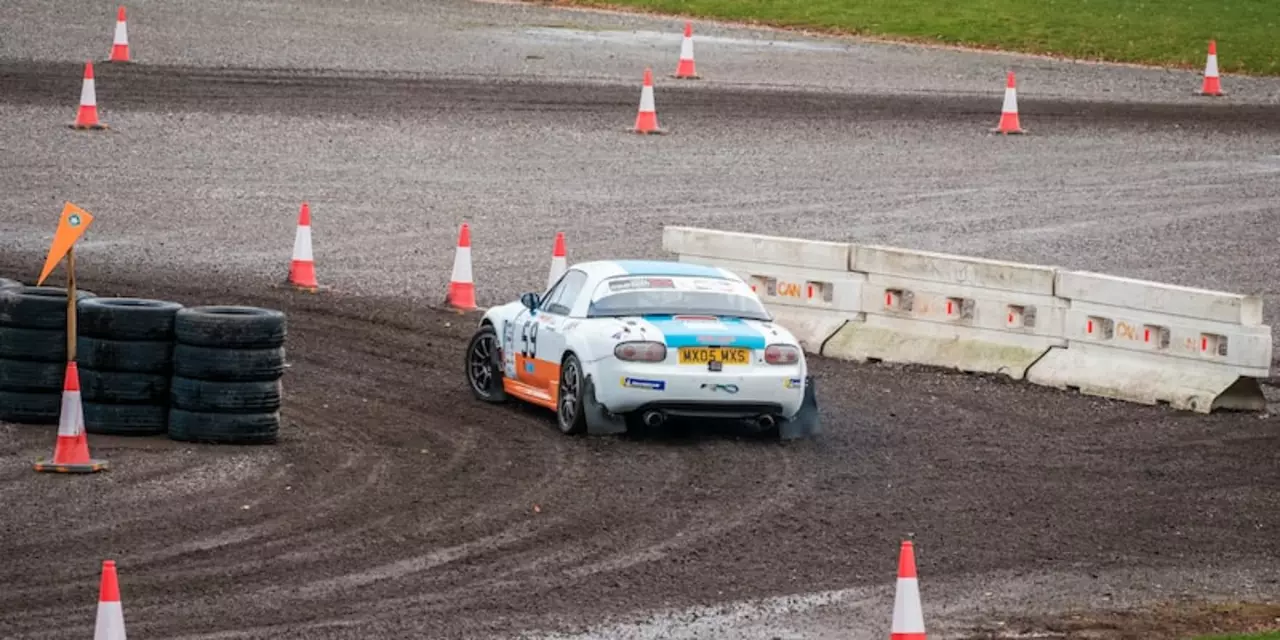Learning Rally Basics: Your Quick Guide to Getting Better Faster
If you’re new to rally or just want to sharpen your skills, you’ve landed in the right spot. Below you’ll find the most useful advice pulled from our top posts, all written in plain language you can actually use on the track.
Handbrake, Gear Lever, and the Two Sticks You Can’t Ignore
Most rally drivers swear by the handbrake. It’s not just for dramatic slides; it lets you lock the rear wheels for tight corner entry and sudden direction changes. Pair that with the gear lever, and you’ve got the two sticks that shape every rally run. Practice pulling the handbrake while shifting gears in a safe area – you’ll notice smoother transitions and less understeer when you hit real stages.
Why Off‑Road Matters: Car Choice, FWD vs 4WD, and Hatchbacks
Rally cars are built for dirt, gravel, snow, and anything in between. A hatchback’s low center of gravity and lightweight chassis make it a favorite for dirt rally because it reacts quickly and stays balanced. Front‑wheel drive (FWD) can hold its own on tarmac or light gravel thanks to its predictable handling, but on steep mud or loose surfaces 4WD usually wins. Choose a car that matches the terrain you’ll face most often.
Don’t think you need a supercar to start. Many beginners begin with a modest, well‑tuned hatchback and upgrade as confidence grows. The key is a car you can repair easily and that feels comfortable under your feet.
Co‑Pilot Role: More Than Just Reading Notes
Your co‑pilot is the navigator who tells you what’s coming up – turns, jumps, and hazards – often seconds before you see them. They also manage pace notes, keep you on time, and help you maintain the car’s rhythm. Good communication between driver and co‑pilot can shave seconds off a stage, so practice clear, concise language during shakedowns.
Simulators: Real‑World Skills in a Virtual Box
Playing a dirt‑rally simulator isn’t just fun; it builds muscle memory. You’ll learn how a car reacts to throttle changes, how to modulate the handbrake, and how to read virtual pace notes. The safety net of a simulator lets you experiment without wrecking a real car, and the confidence you gain translates directly to the road.
From Strategy to Speed: Rally vs. F1
Rally strategy focuses on endurance and preserving the car over varied terrain. You’ll need to balance aggression with caution, especially on unpredictable surfaces. Unlike F1’s pure sprint on a smooth circuit, rally demands that you adapt to changing grip levels every few seconds. Knowing when to push and when to hold back can mean the difference between finishing a stage or retiring early.
In short, learning rally isn’t about memorizing theory – it’s about applying practical tips day after day. Start with the handbrake, pick a car that suits the terrain, build a strong driver‑co‑pilot bond, and use simulators to fine‑tune your feel. Follow these steps, and you’ll see steady improvement on every stage you tackle.

How do I start learning rally racing as a teen?
Rally racing can be an exciting and rewarding hobby for teens. To get started, teens should research local rally racing clubs and organizations and learn about the rules and regulations for the sport. Teens should also look for experienced coaches and mentors who can provide guidance and support. Additionally, teens should purchase all the necessary safety equipment and practice driving on courses that are similar to rally racing courses. Finally, teens should take advantage of any opportunities to observe and learn from experienced racers. With the right guidance and practice, teens can become skilled rally racers and enjoy the thrill of the sport.